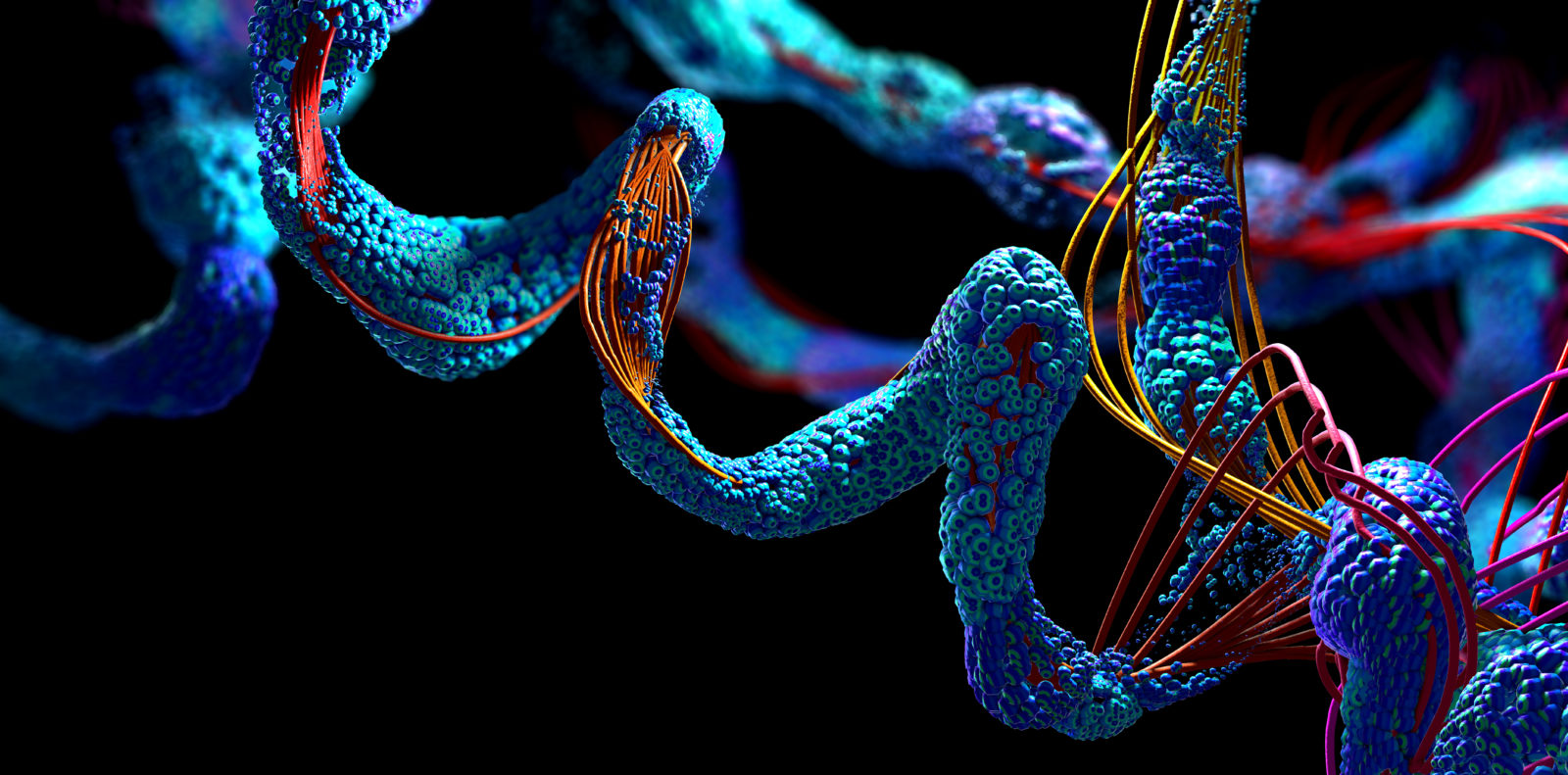
Powerful Protein Folding Algorithm AlphaFold Foiled by Singletons
Today’s ID the Future spotlights AlphaFold, an artificial intelligence program in the news for its impressive breakthroughs at predicting a protein’s 3D structure from its amino acid sequence. Philosopher of Biology Paul Nelson walks listeners through the importance of this “amazing breakthrough,” as he describes it in a recent Evolution News article; but don’t uncork the champagne bottles just yet. The reason, according to Nelson, is that while proteins, protein sequences, and protein folding promise to reveal much that is still mysterious in molecular biology, we now know that biological information involves far more than just an organism’s proteome—that is, far more than the full suite of proteins expressed by an organism. Nelson uses analogies to manmade machines and cognates among closely and distantly related human languages to shed light on just how much more sophisticated the biological information directing life is than any model narrowly fixated on DNA, the amino acids DNA codes for, and the protein formed from those amino acids. Nelson further explains that, as powerful as the AlphaFold algorithm is, it has not solved the protein-folding problem, if we take such a solution to mean “predicting the three-dimensional conformation of a protein strictly from its primary DNA sequence, ab initio.” The clearest evidence of this: the algorithm is utterly stymied by sequence “singletons.” What are these curious sequences, why do they baffle AlphaFold, and why do these singletons trouble some evolutionists? Tune in as Nelson and host Eric Anderson explore this problem at the leading edge of biological research.
